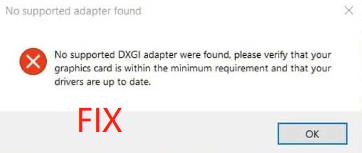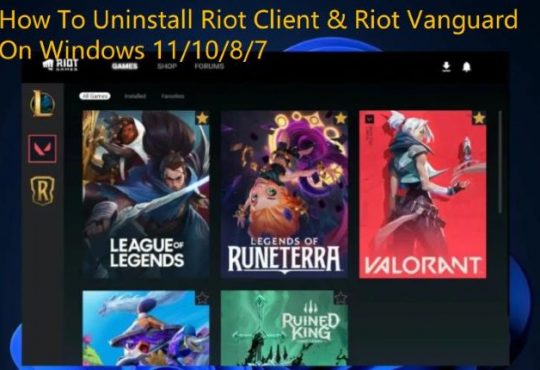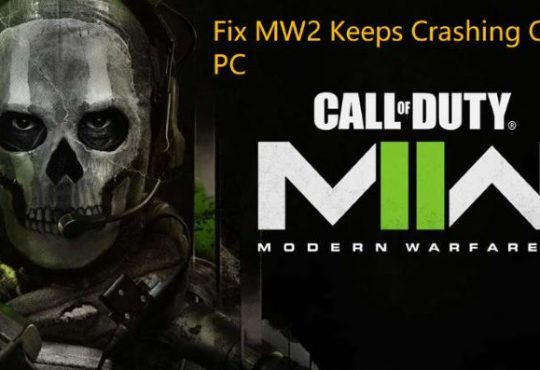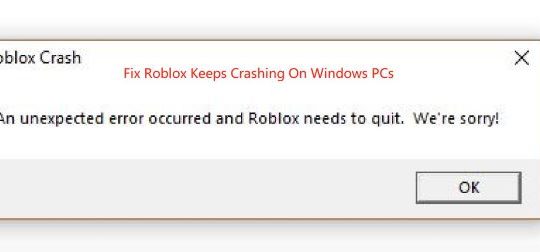We all know the legendary show from which the game originates, but between the compelling drama and the materializing monsters, it’s a little challenging to understand how the real game works. The good news is that finally there is a detailed guide. If you’ve always been interested, here’s everything you need to know about the game.

Gameplay
Just like on the show, a game involves two players dueling with a deck of cards, each with its own description, powers, and attack and defense points. The goal of the game is to drop the other player’s life points (LP) from 8000 to zero or render them unable to draw any more cards. This can be done through well-orchestrated attacks, but there are also some instant-win cards that end a game before it begins.
The game begins after shuffling decks and placing side decks and extra decks in their designated areas. From there, players take turns drawing and placing cards but keep in mind that there is a structure to one’s turn.
In the first phase, you get to draw a card from your deck (except on the first player’s first turn) and activate trap cards and spell cards.
The second phase is where you resolve/pay the costs (if any) for the cards you’ve activated cards.
The third is where you get to play one card, change battle positions, or flip/special summon any number of cards, but according to the Yu-Gi-Oh official rulebook, there are some conditions that you need to check out before you start playing. Then comes the battle phase which is optional, but off-limits for the first player on their first turn.
It’s where you can attack your opponent’s monsters. The fifth phase is the same as the third phase, and the sixth is the same as the second, but it’s also where you discard cards if you have more than six in your hand.
Game Mat
This is an essential piece for any serious player. It defines the zones where the decks and cards (monsters, spells, and traps) are placed. It also contains the Graveyard where monsters get discarded. Add to that, according to yourplaymat.com/collections/yugioh-playmats, a designated mat protects your cards from getting bent and scratched.
It comes in handy if you have cards that are worth over $30 or if you intend to upgrade your deck through sales and trades. So, as you see, a custom mat is more than just a cool design that represents you as a player. It also provides protection for your card and regulates gameplay.

Score Calculations
In competitive Yu-Gi-Oh, as we’ve mentioned before, you need to bring your opponent’s life points down to zero. When you place a card, you can either put them in attack (ATK) or defense (DEF) positions. Because each monster has attack and defense points, a monster’s position determines which type of points are going to be offset against the attacking monster’s attack points.
In the case of ATK vs ATK, the monster with the highest ATK value wins, the losing monster is sent to the Graveyard, and the difference between values is subtracted from the losing player’s life points. In the case of a tie, both monsters get sent to the Graveyard.
When it comes to ATK vs DEF, if the attack value is higher, the defending monster dies, and the difference in points gets deducted from the losing player’s LP. If the defending monster’s points are higher, the attacking player loses the difference in life points, but the monsters remain untouched. In case of a tie, neither the players nor the monsters sustain damage.
Deck
A player’s main deck should include 40 to 60 cards composed of main monsters, spells, and trap cards. As per regulations, you can only have three copies of the same card, and if you’re participating in a tournament, you can’t have any of the forbidden cards.
A player is also allowed an extra deck of up to 15 cards which includes three other types of cards: Synchro Monsters, Xyz Monsters, and Fusion Monsters. As for the side deck, a player is also allowed up to 15 cards which they can swap with the cards in their main deck. Keep in mind, the number of the cards in your side deck can’t change.
That is all there is to competitive Yu-Gi-Oh. Now, regardless of your level, there are a lot of ways through which you can practice and gain experience. For starters, you can organize games with your friends and other duellers through internet communities.
Another way is to join a virtual dueling platform that allows you to organize a deck and play against real players of all levels. Once you’re ready to take it to the big leagues, head out there and join a tournament. It’s your time to shine.
More Articles:
Fix Minecraft Keeps Crashing Windows 10 (2021 Update)
What is OpenAL? Should I Remove it?
3 Ways to Update Xbox One Controller Driver on Windows 10, 8 & 7






